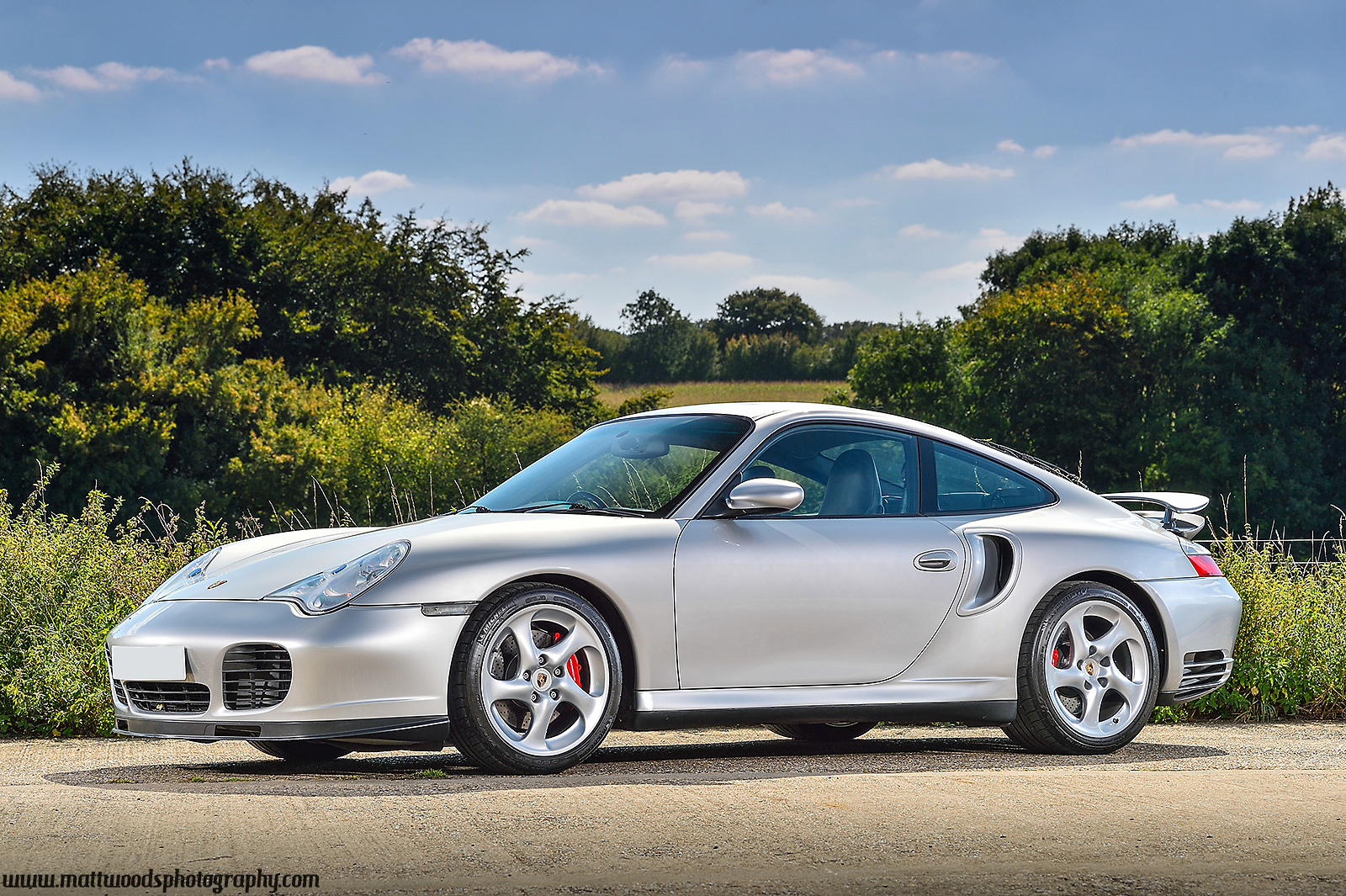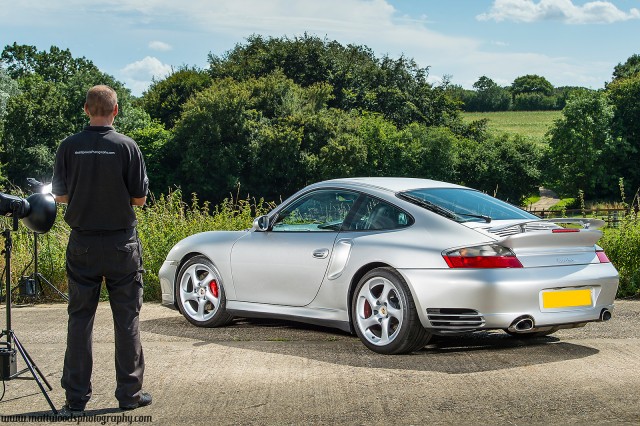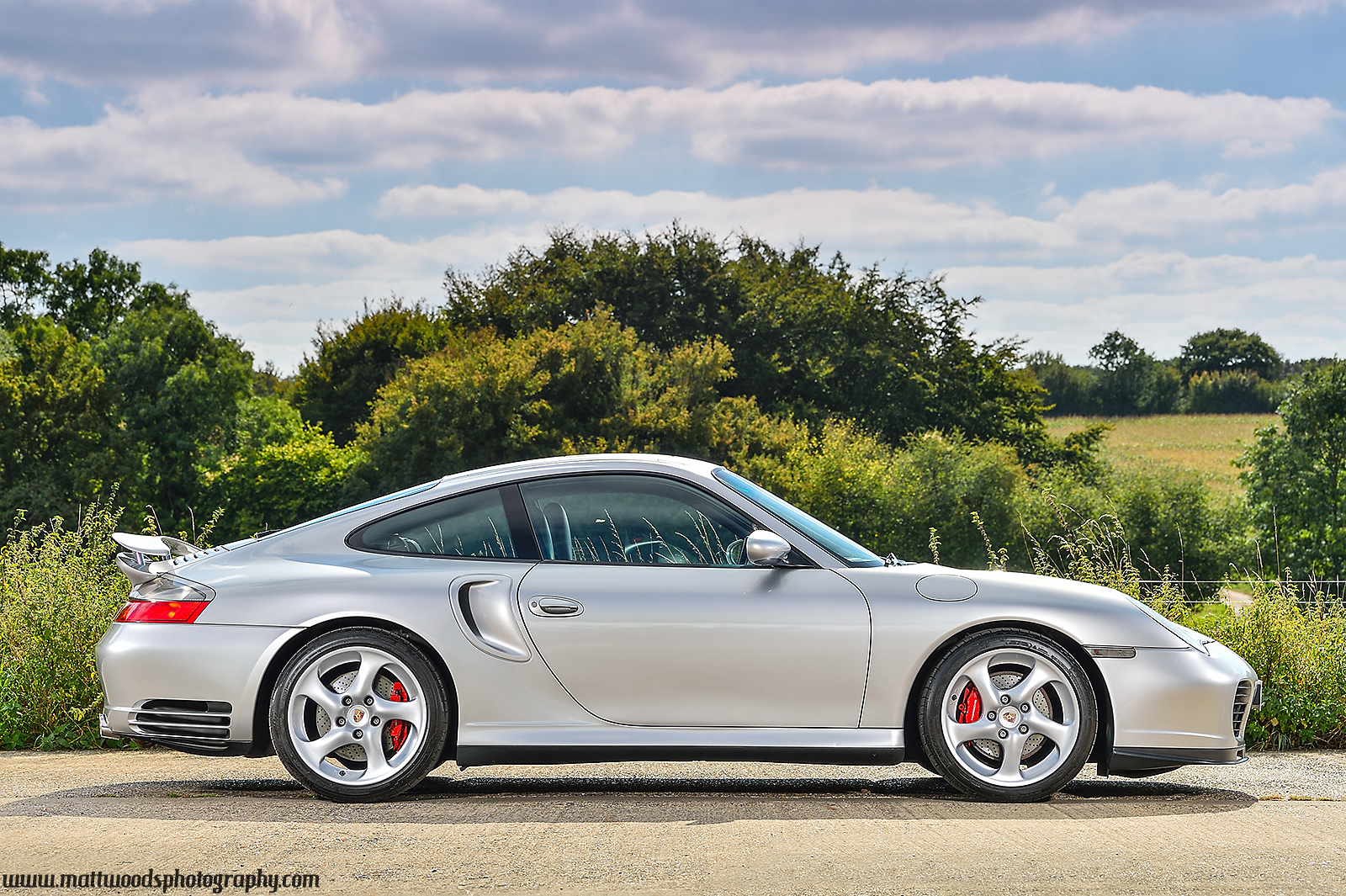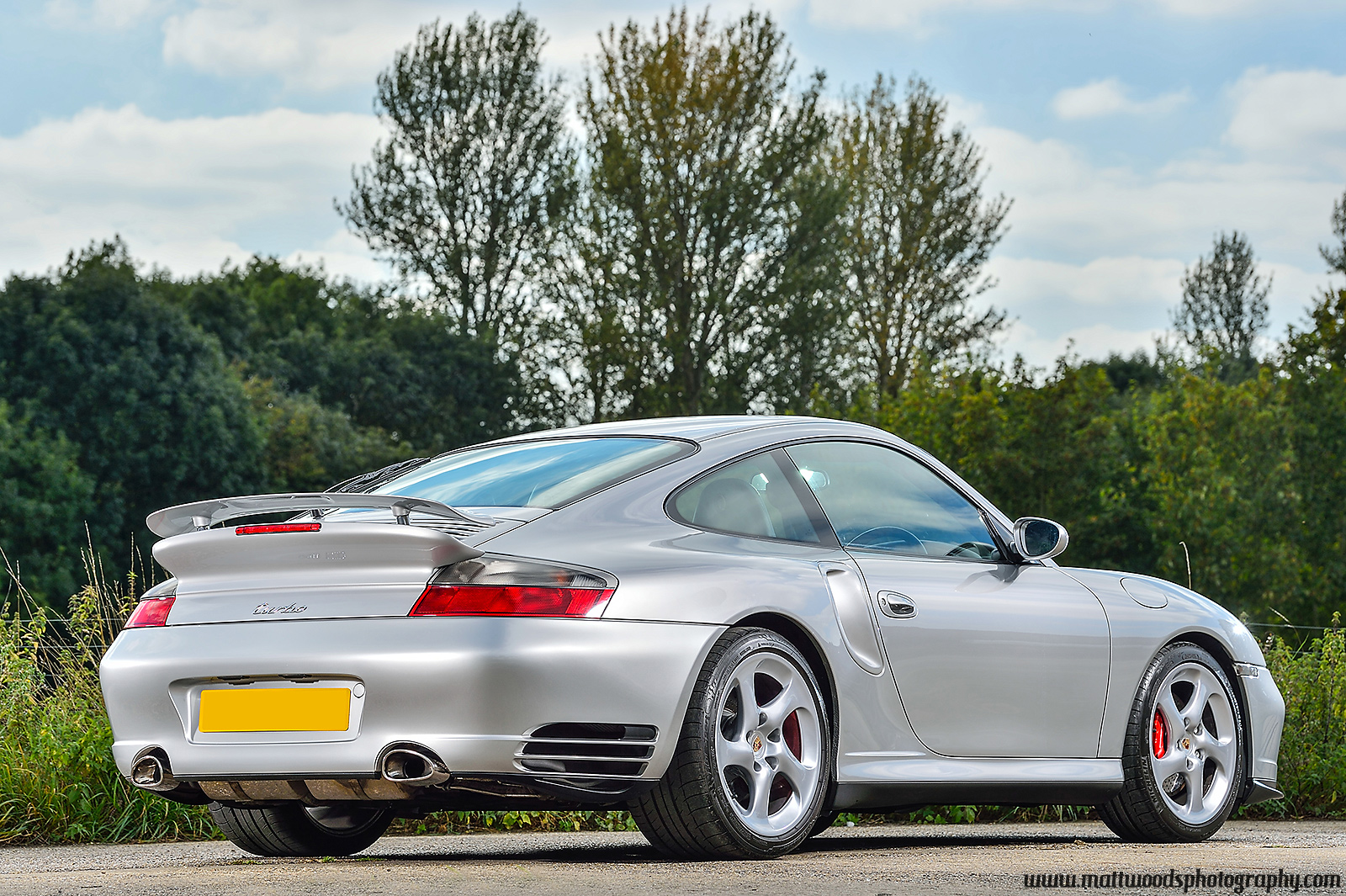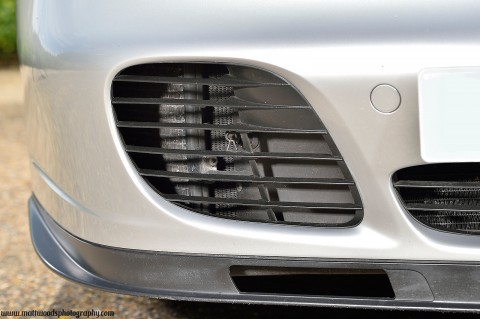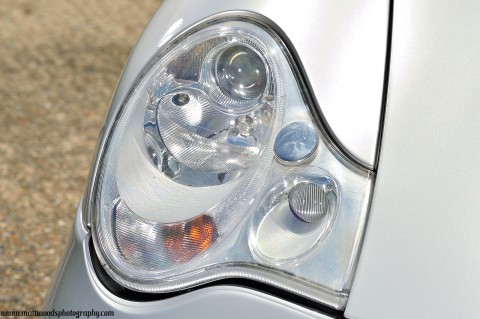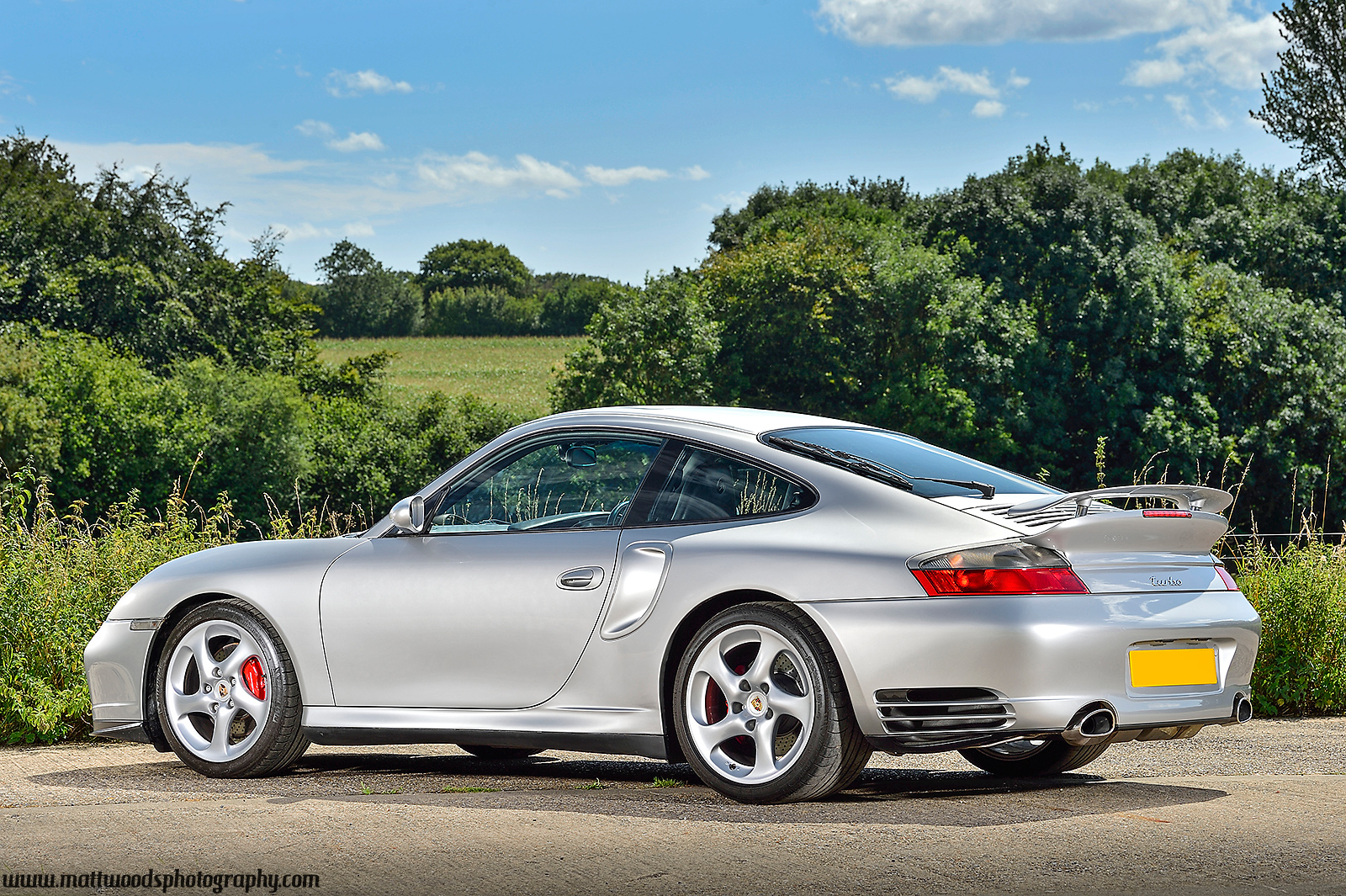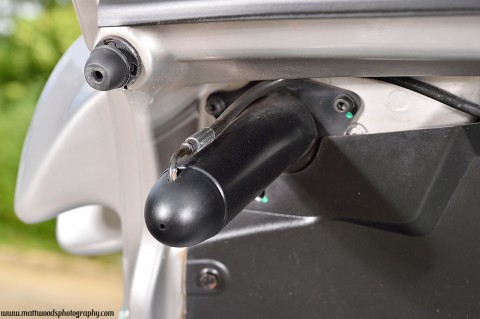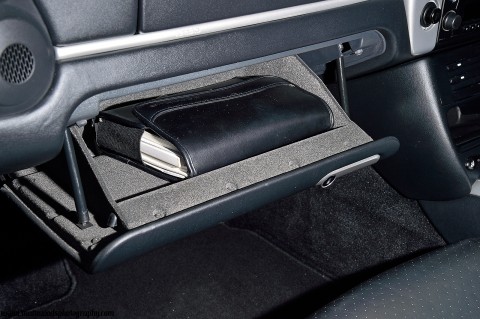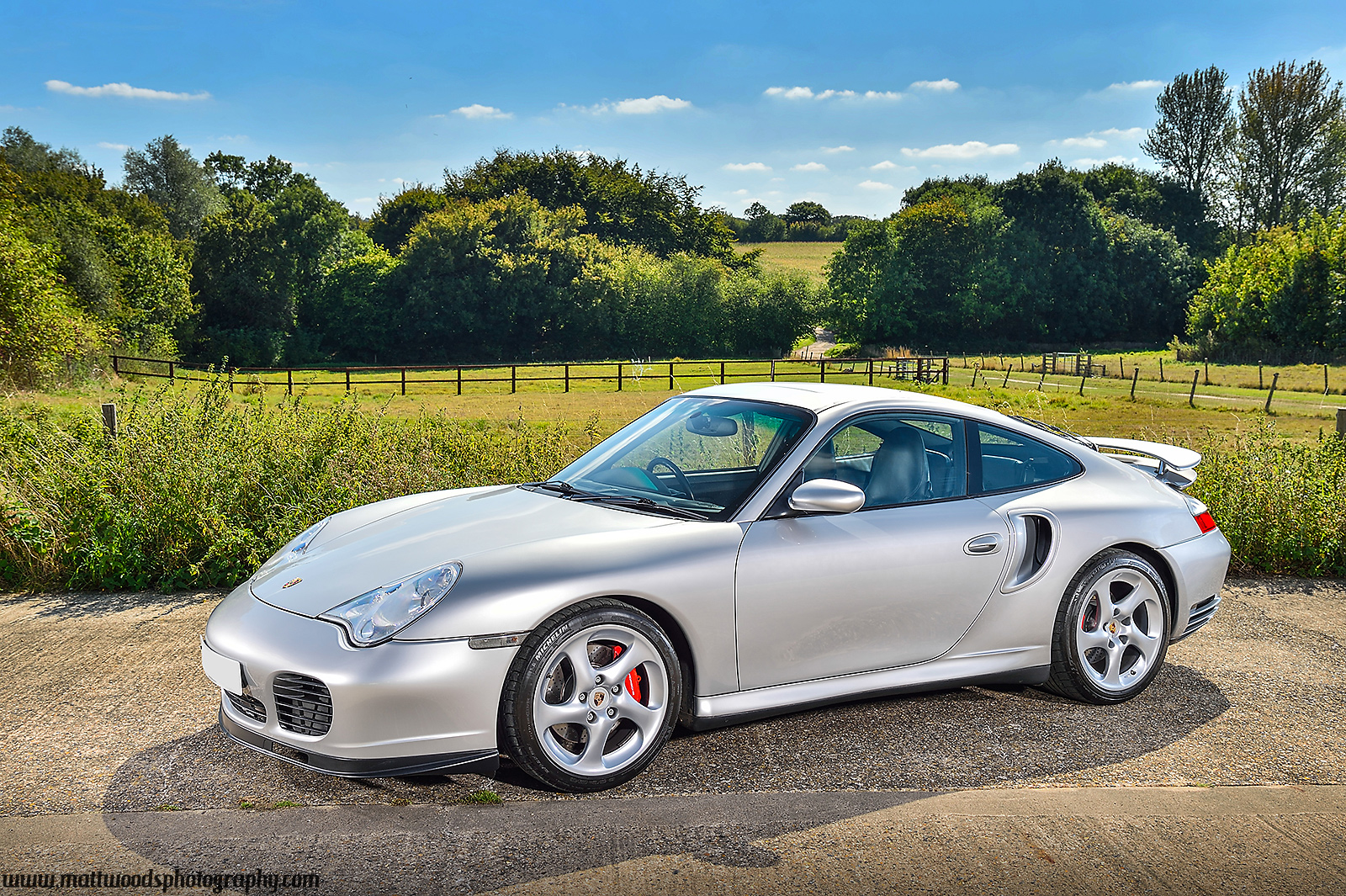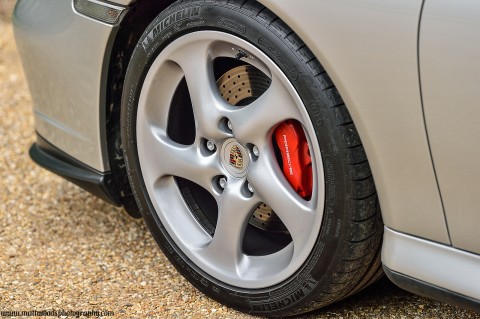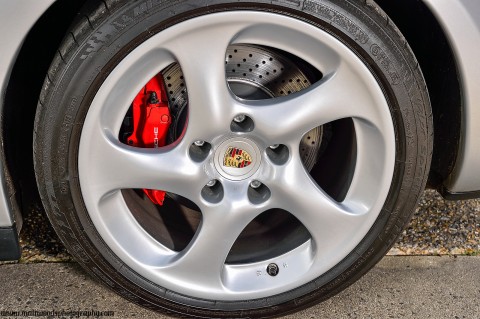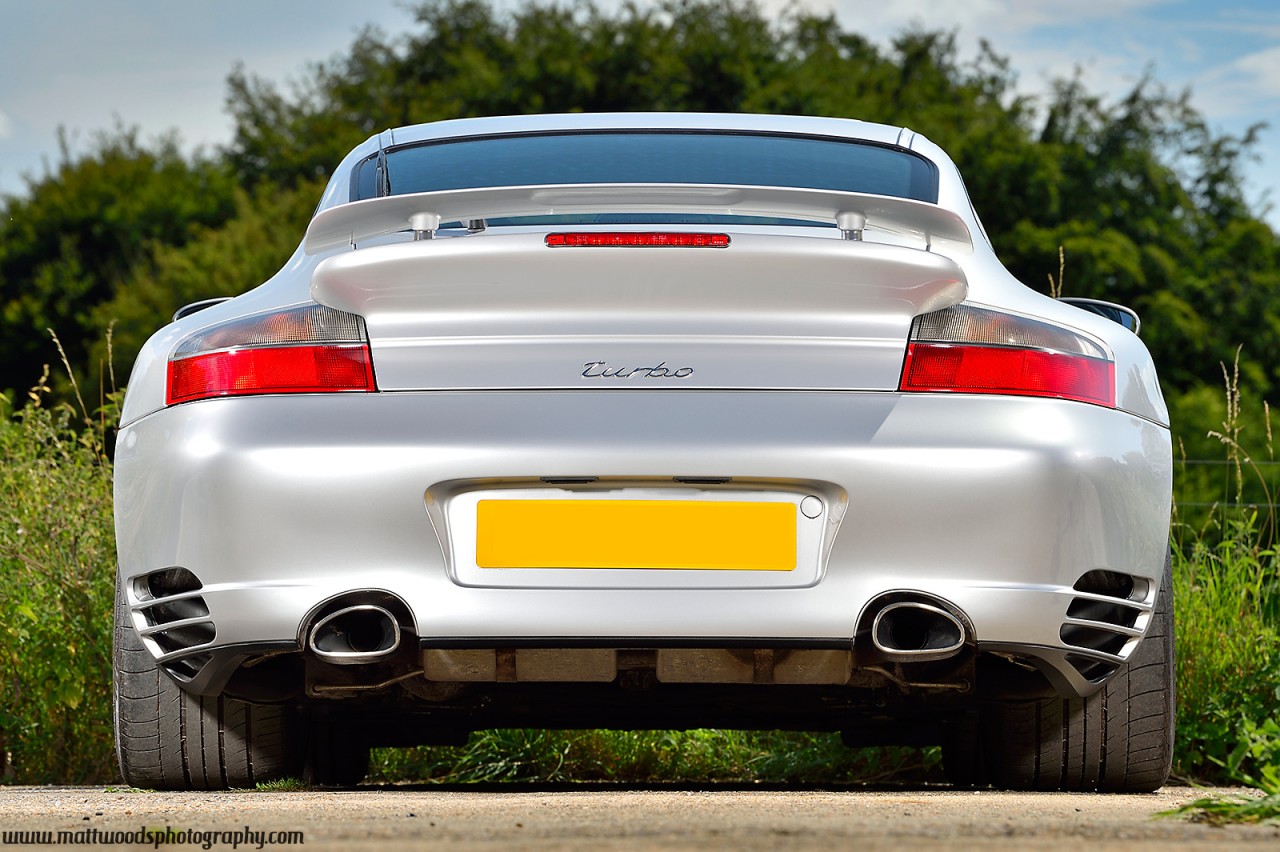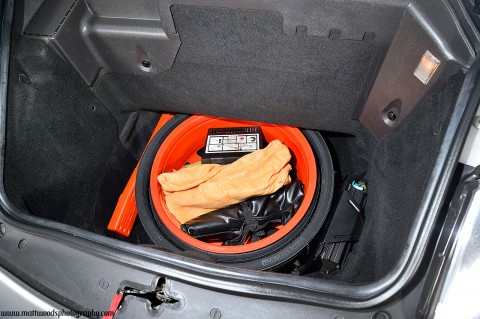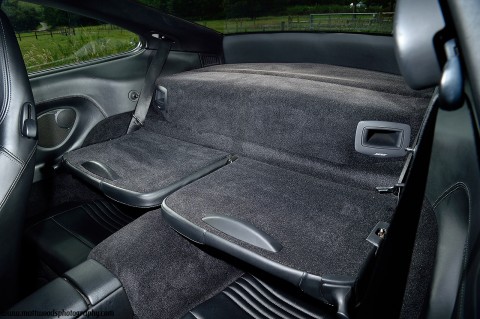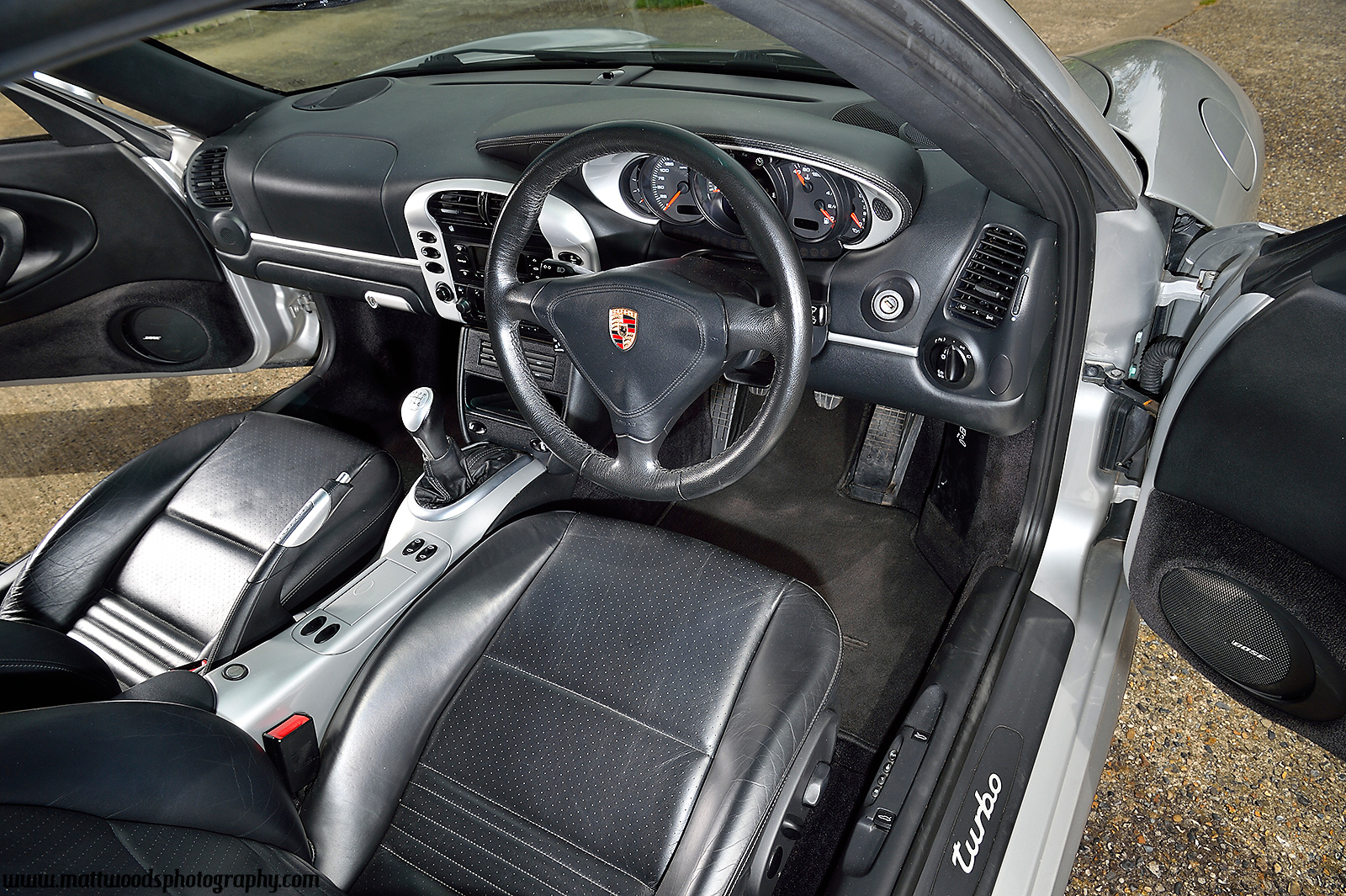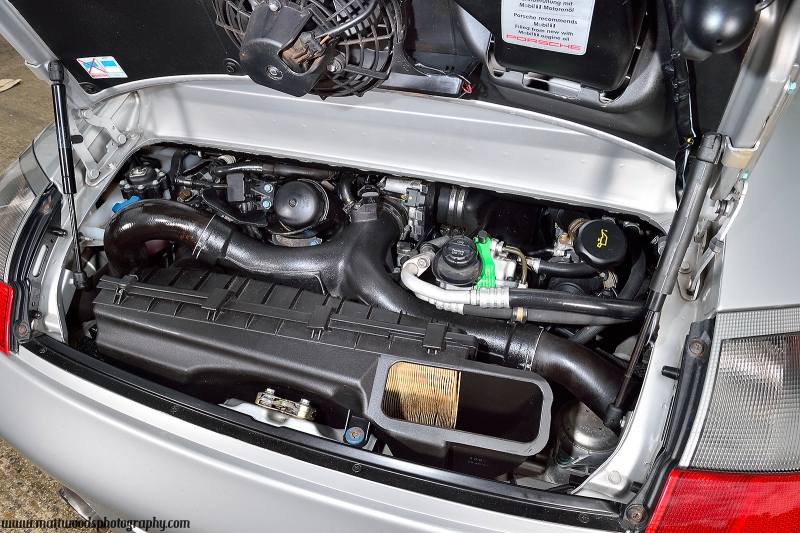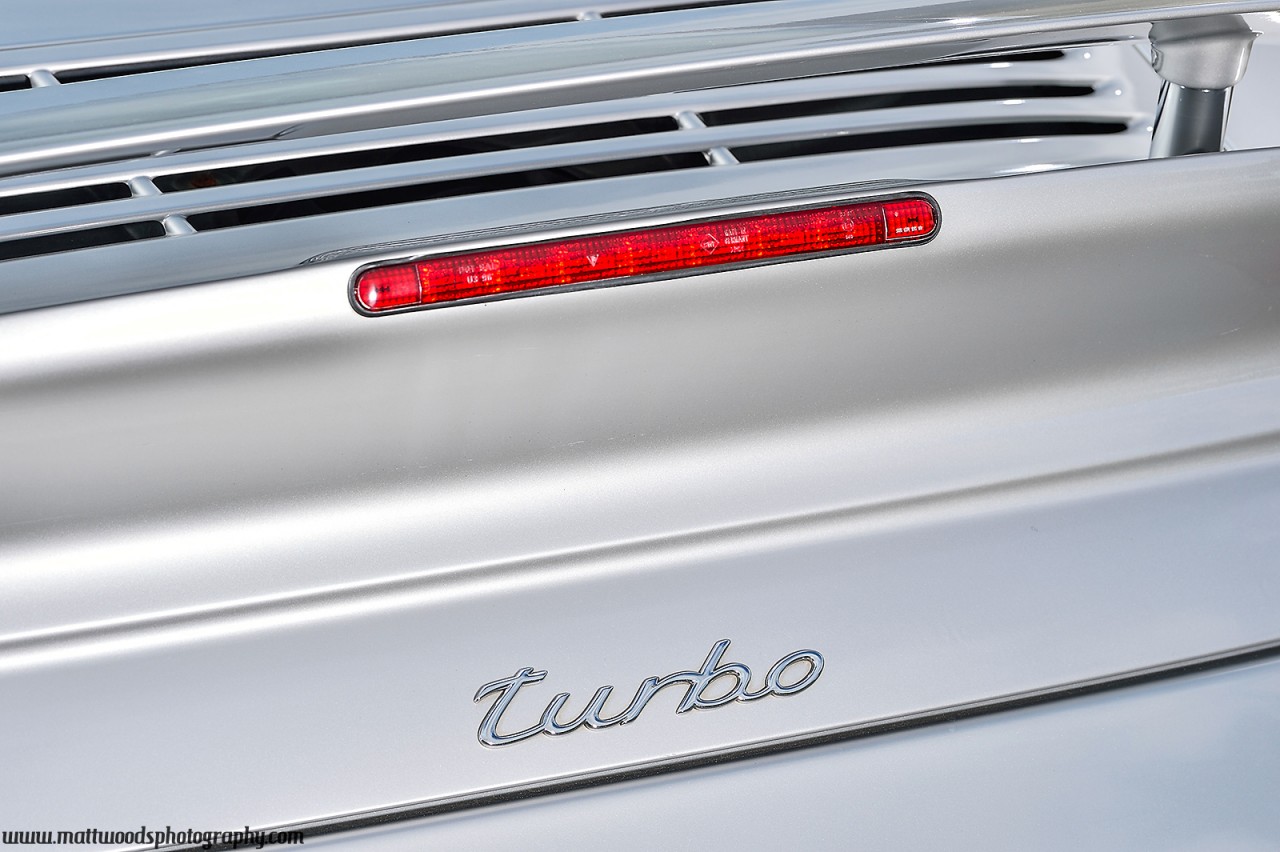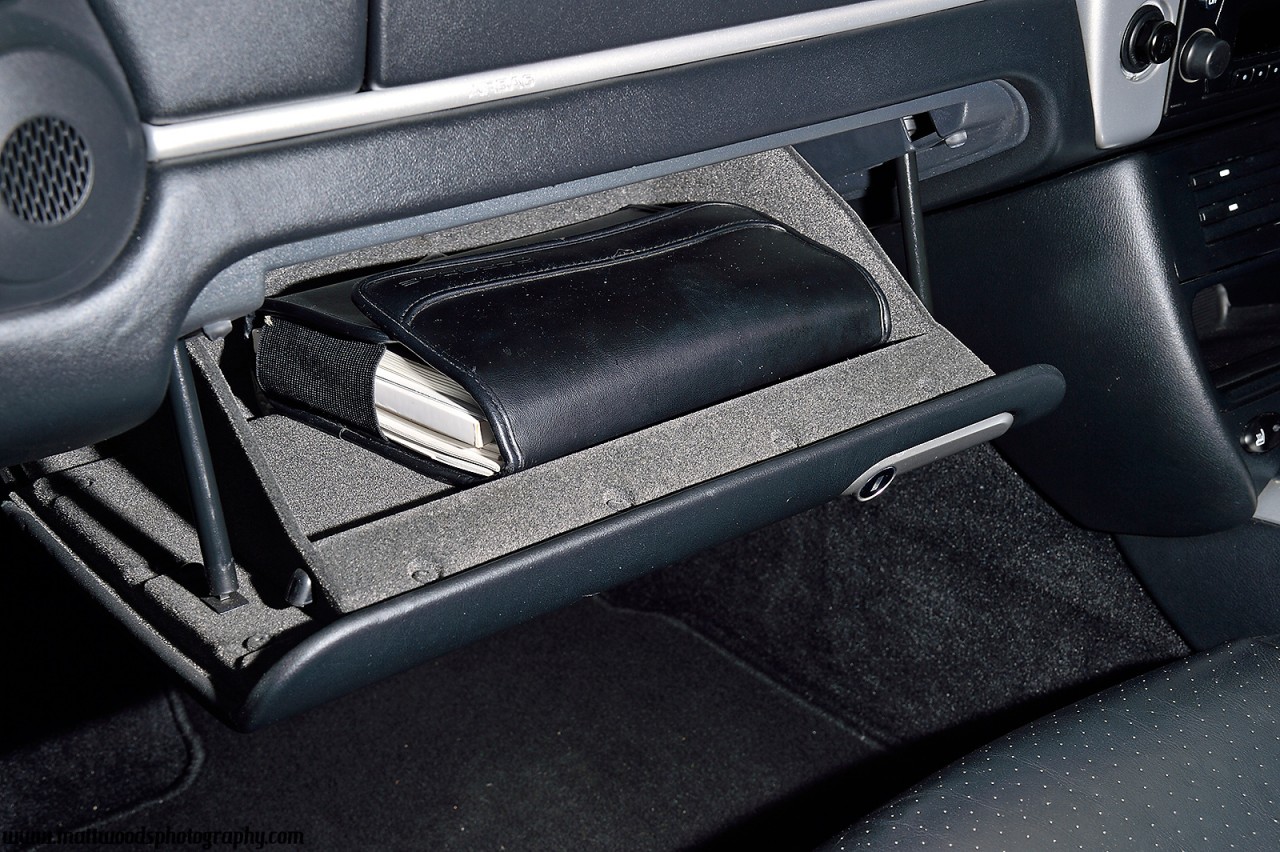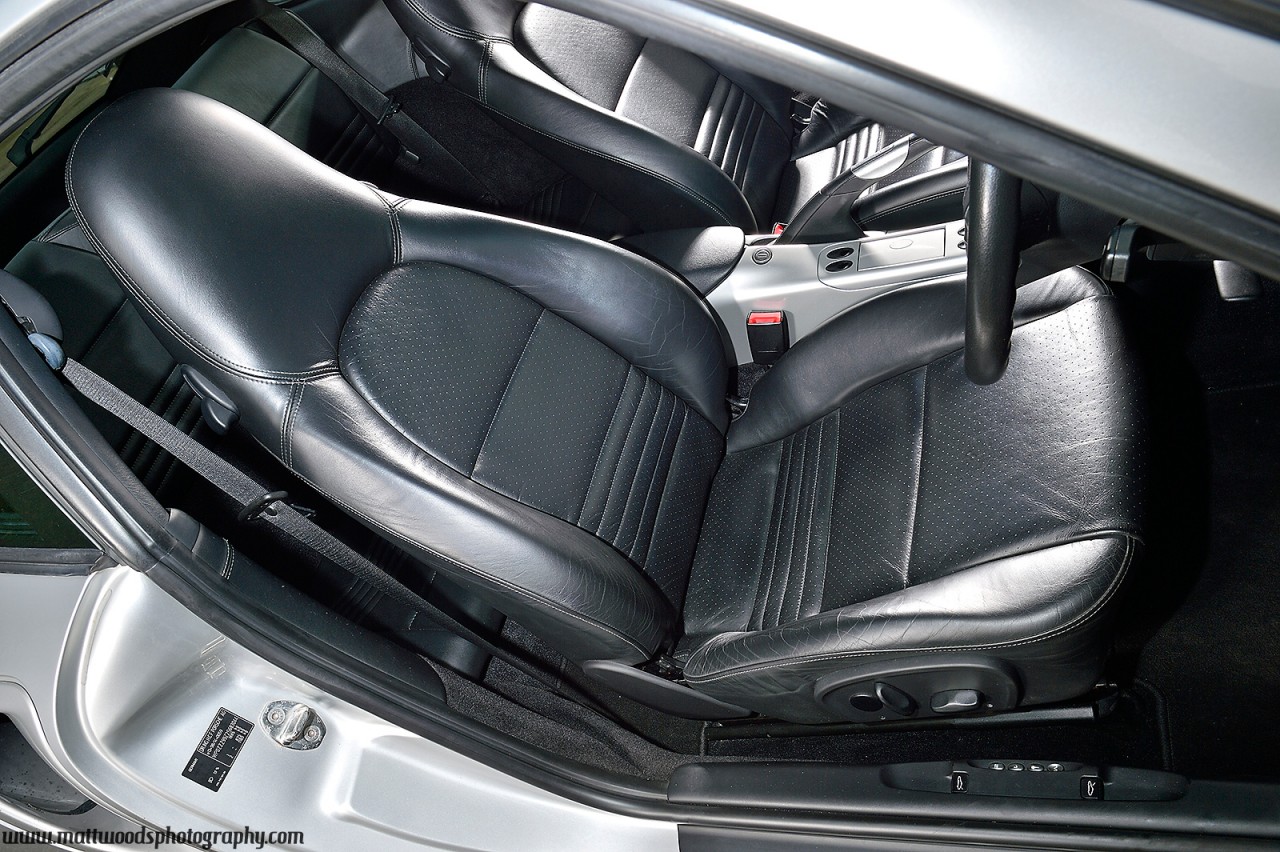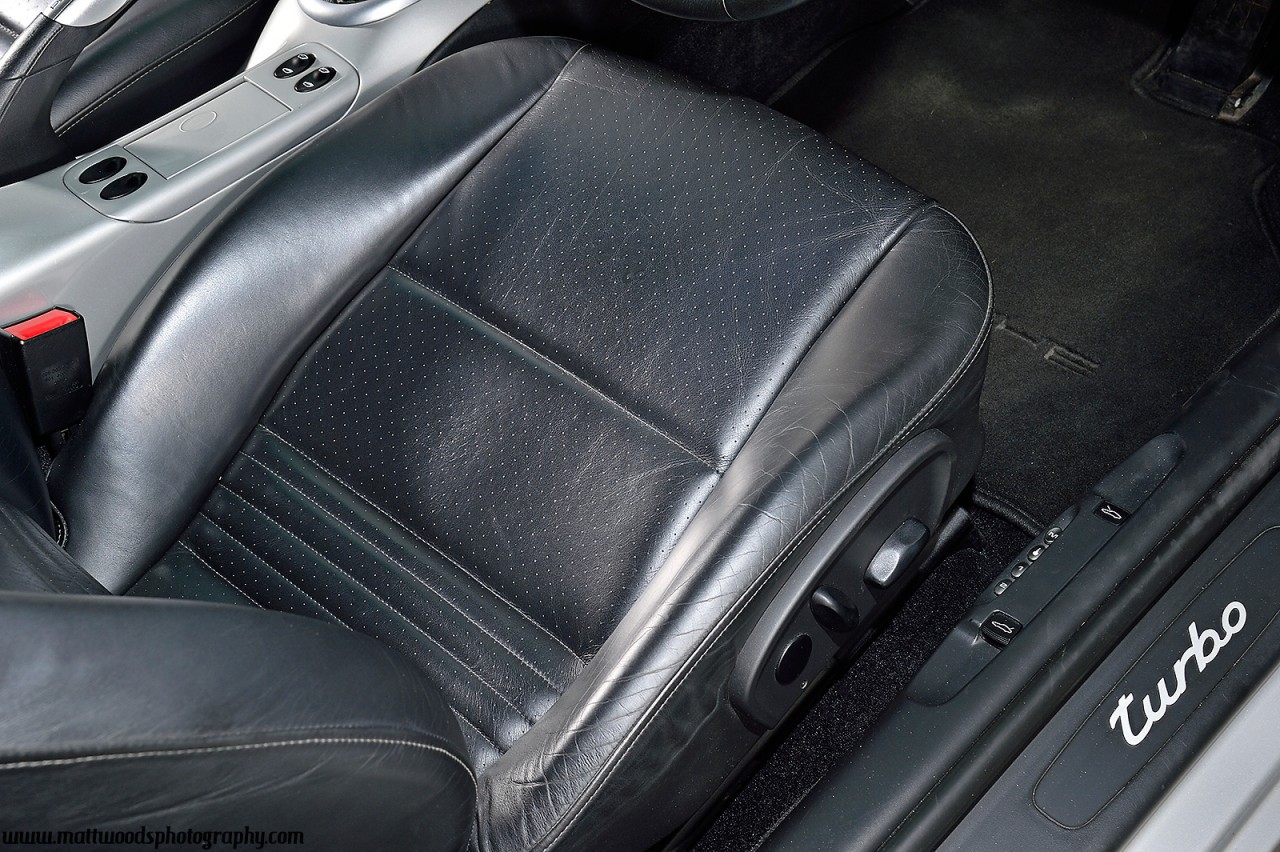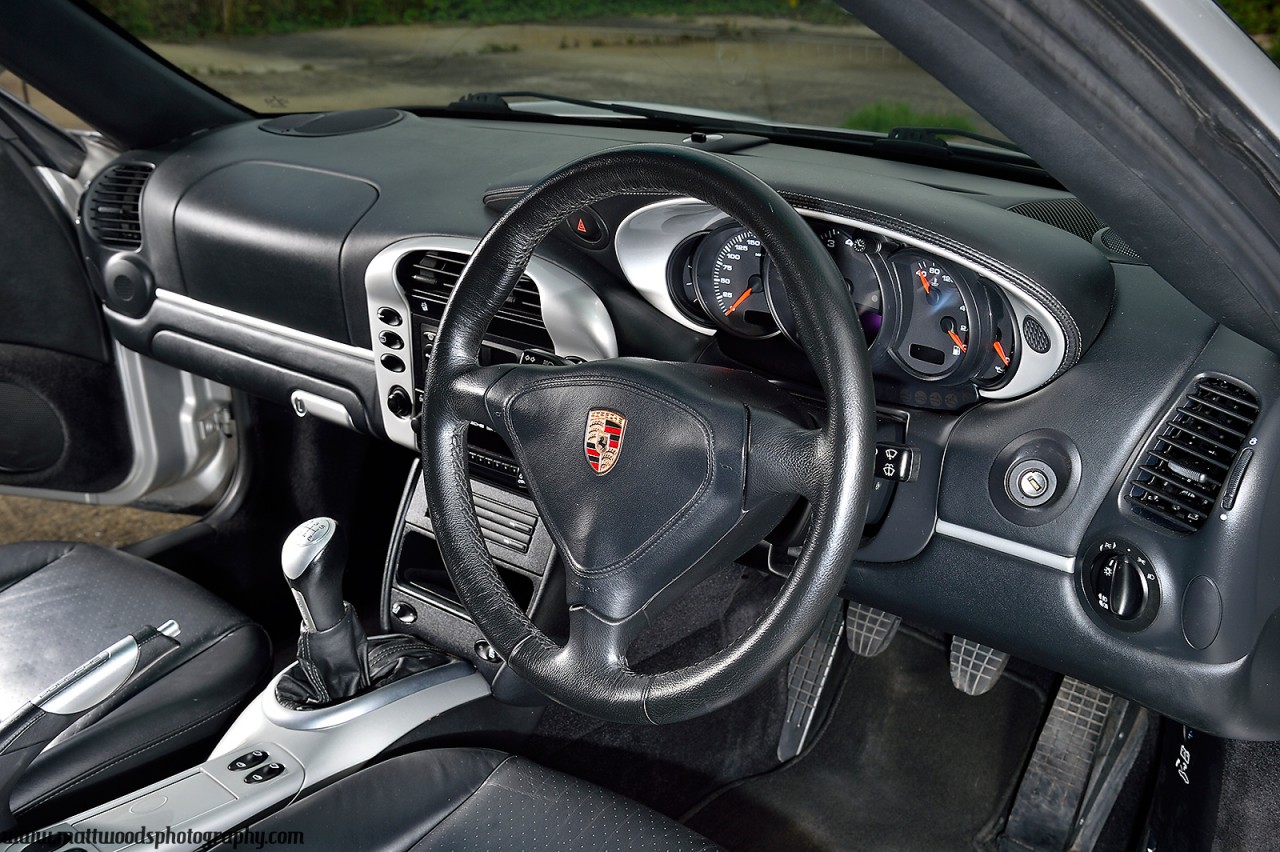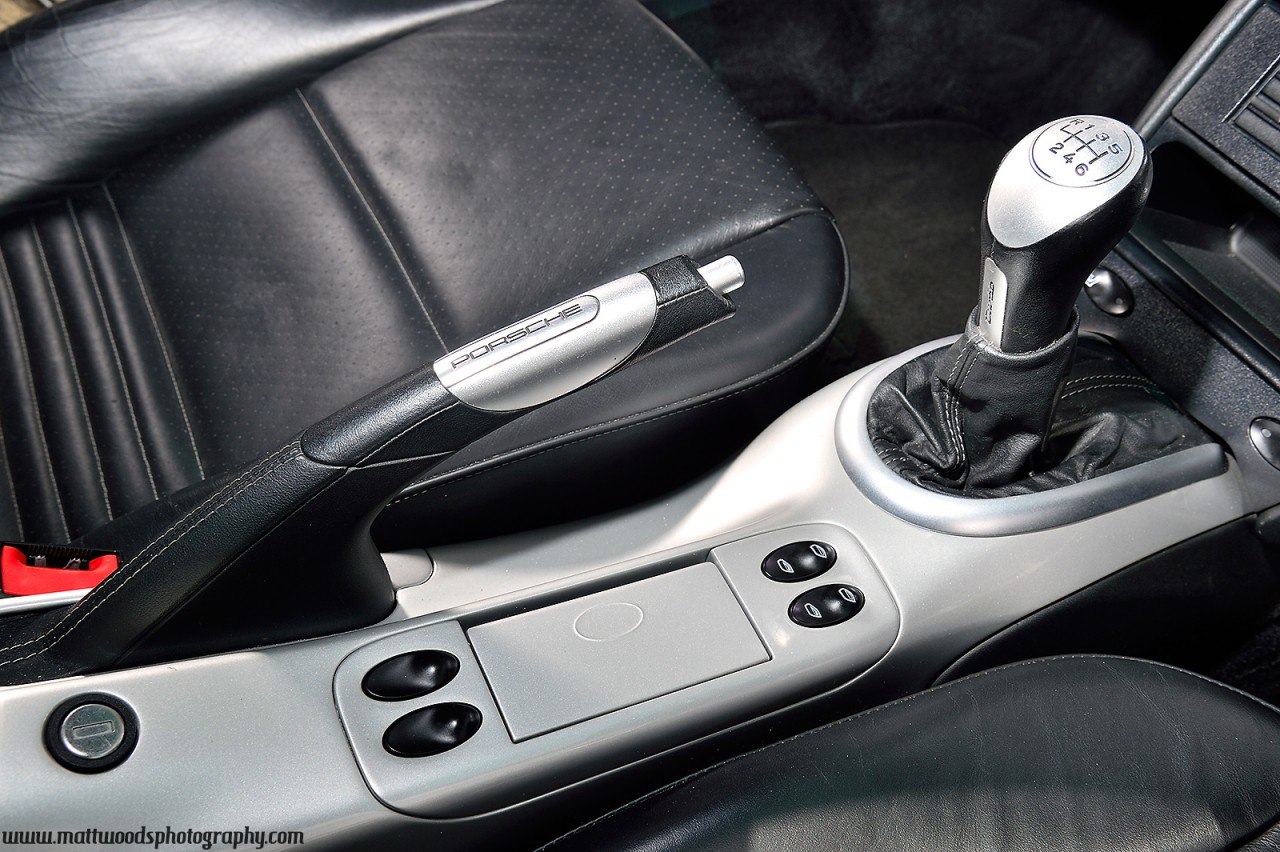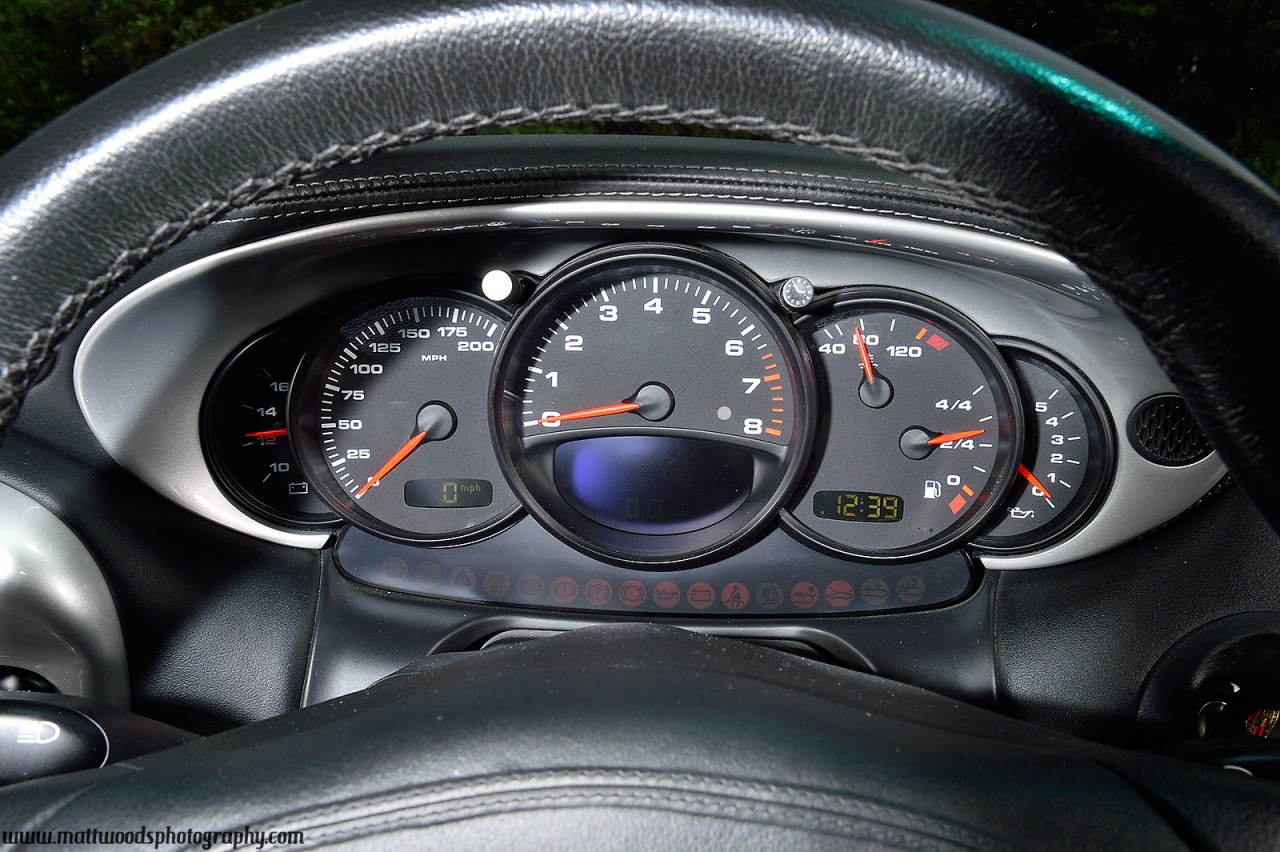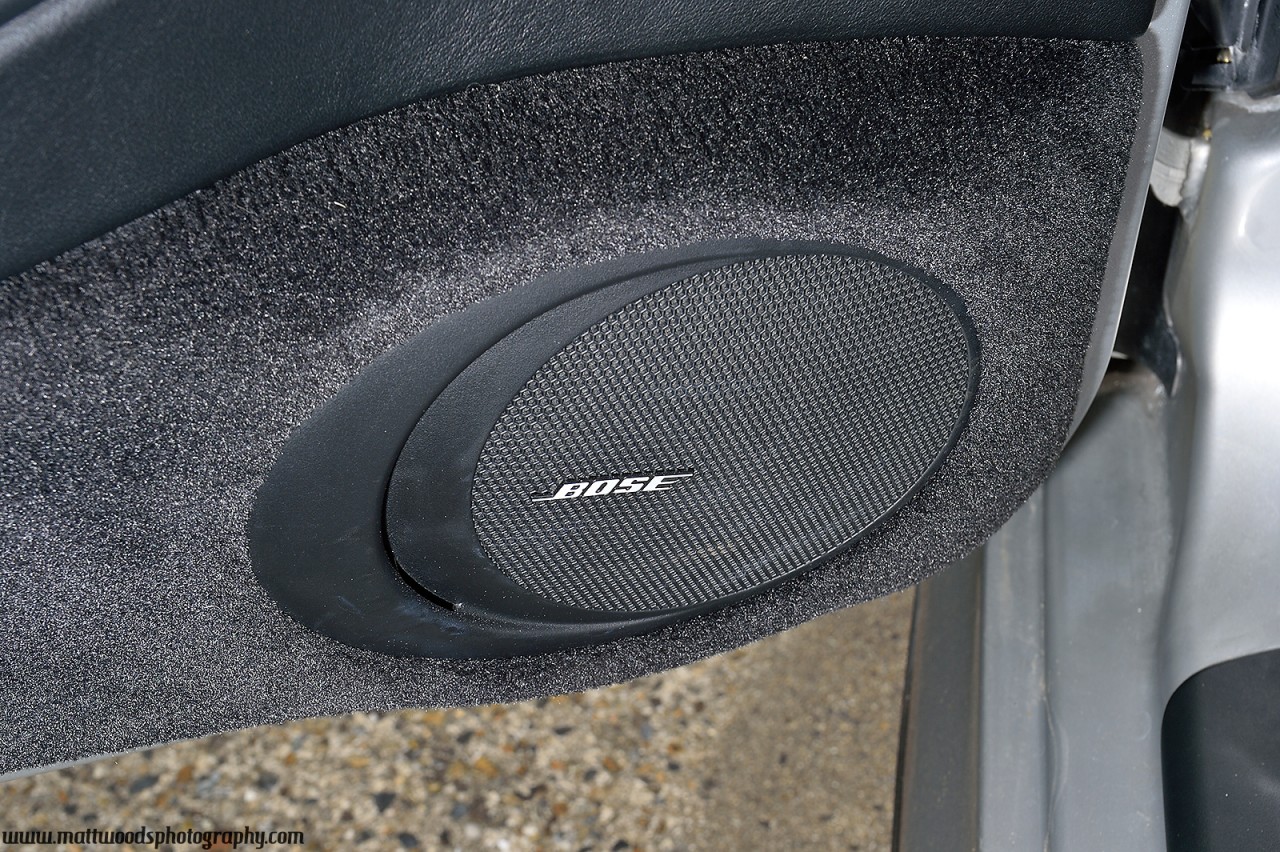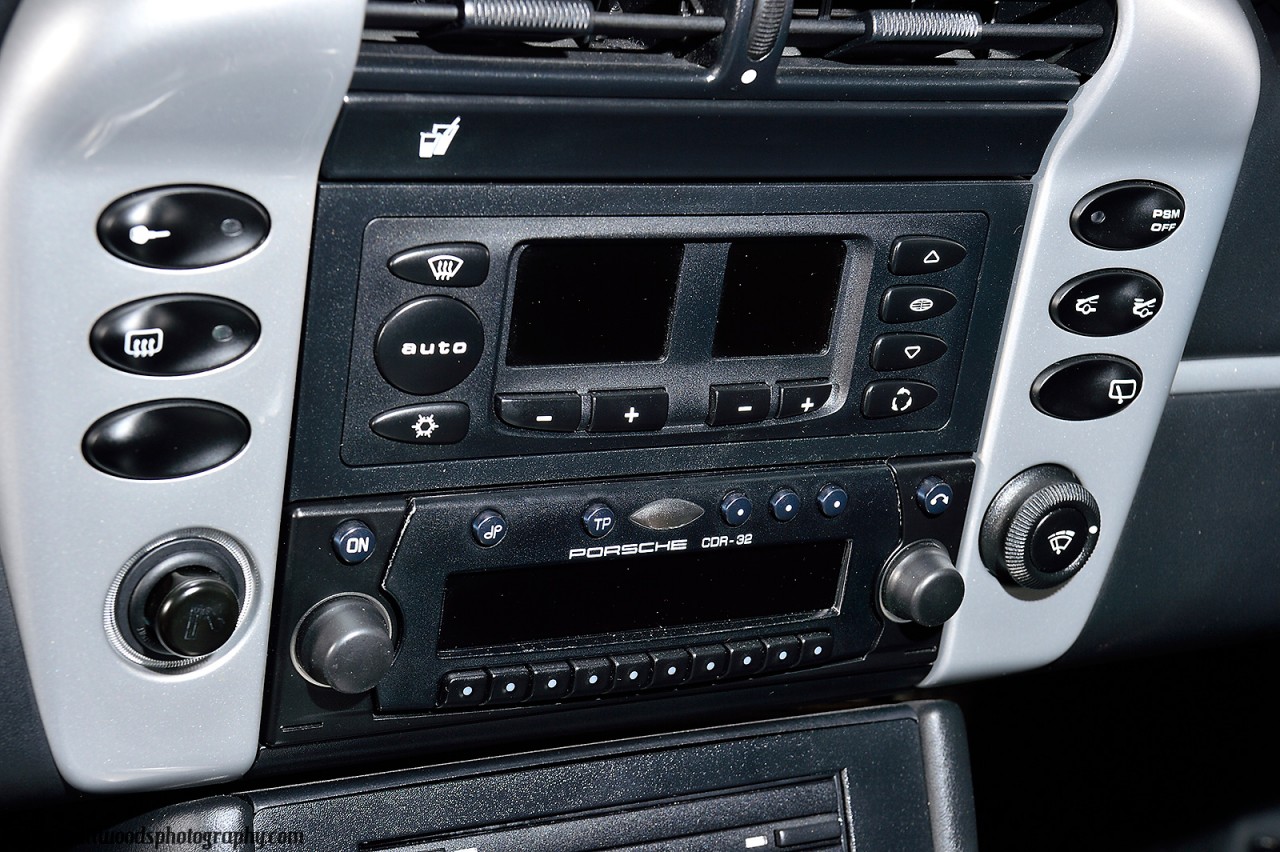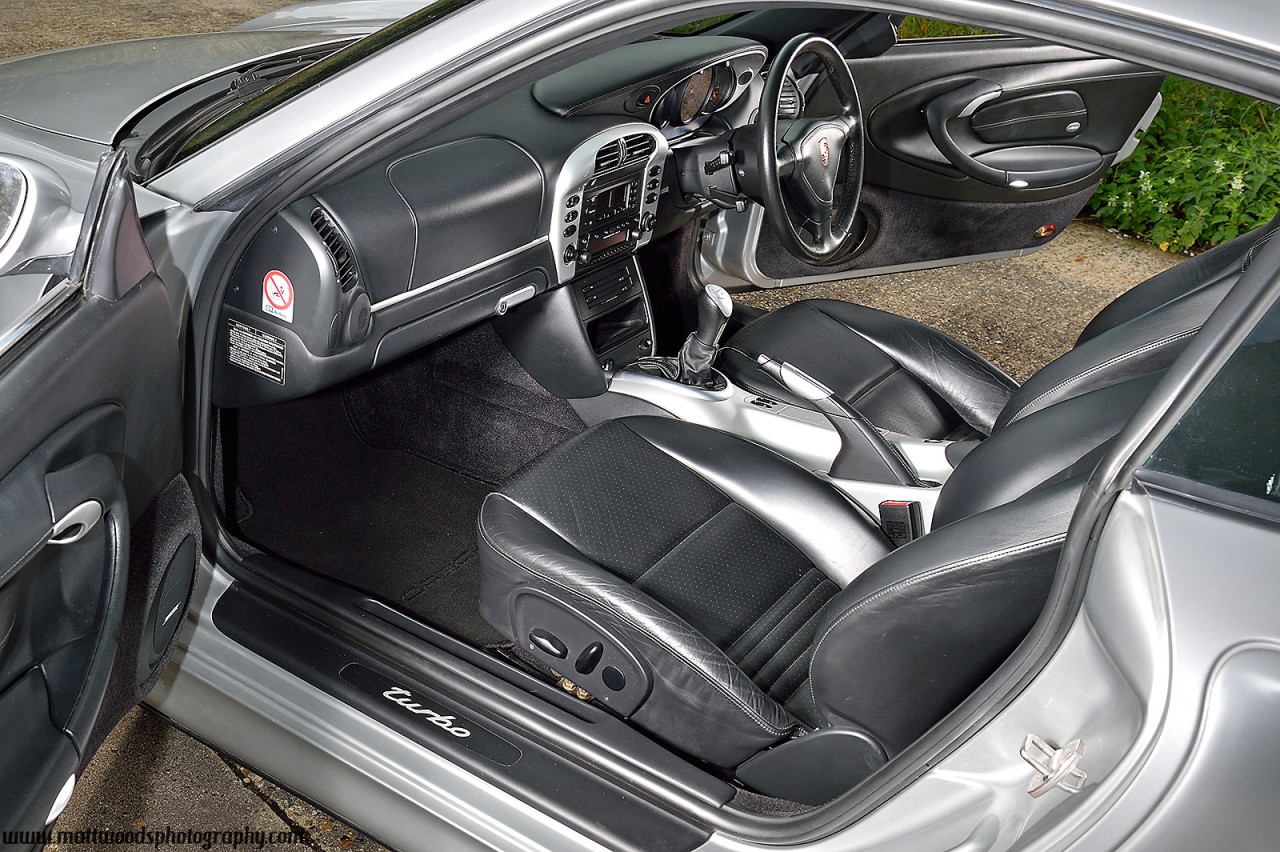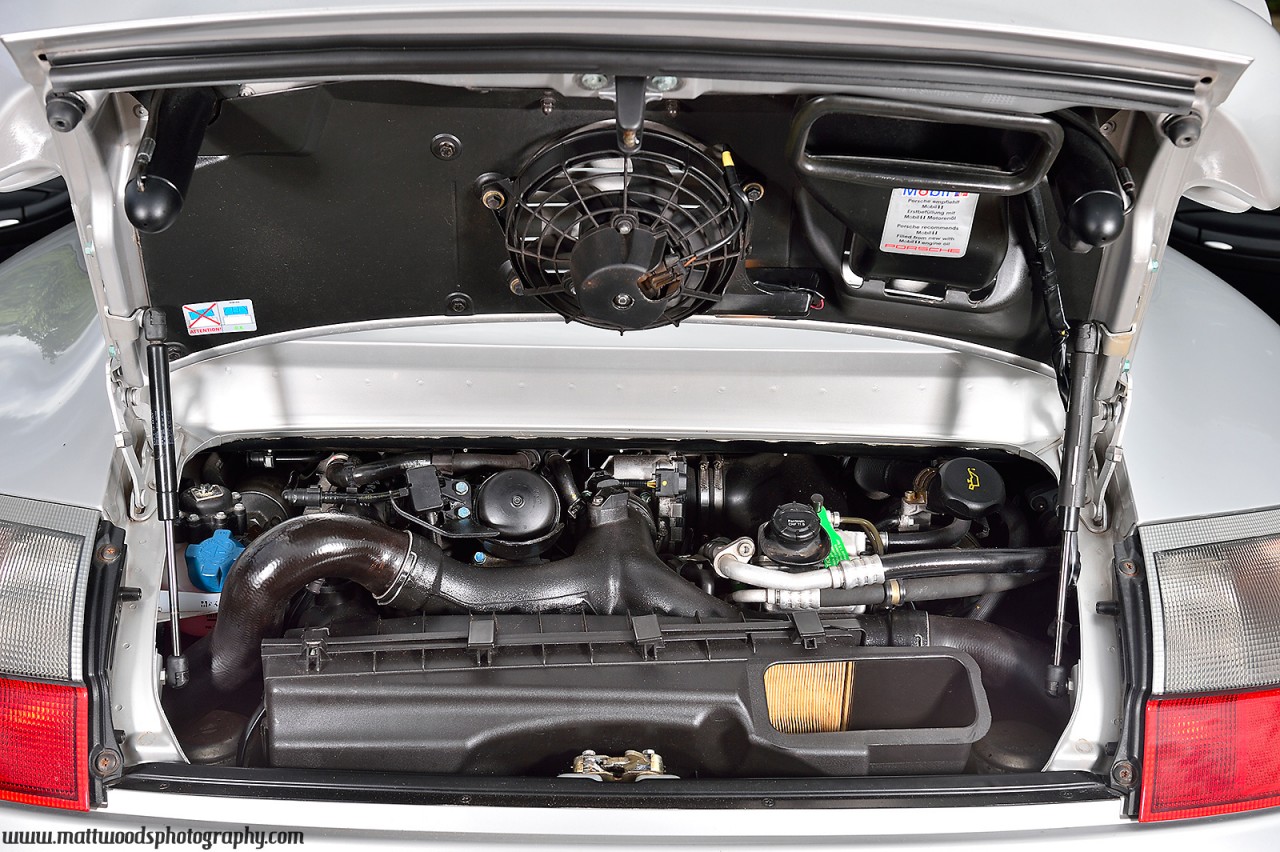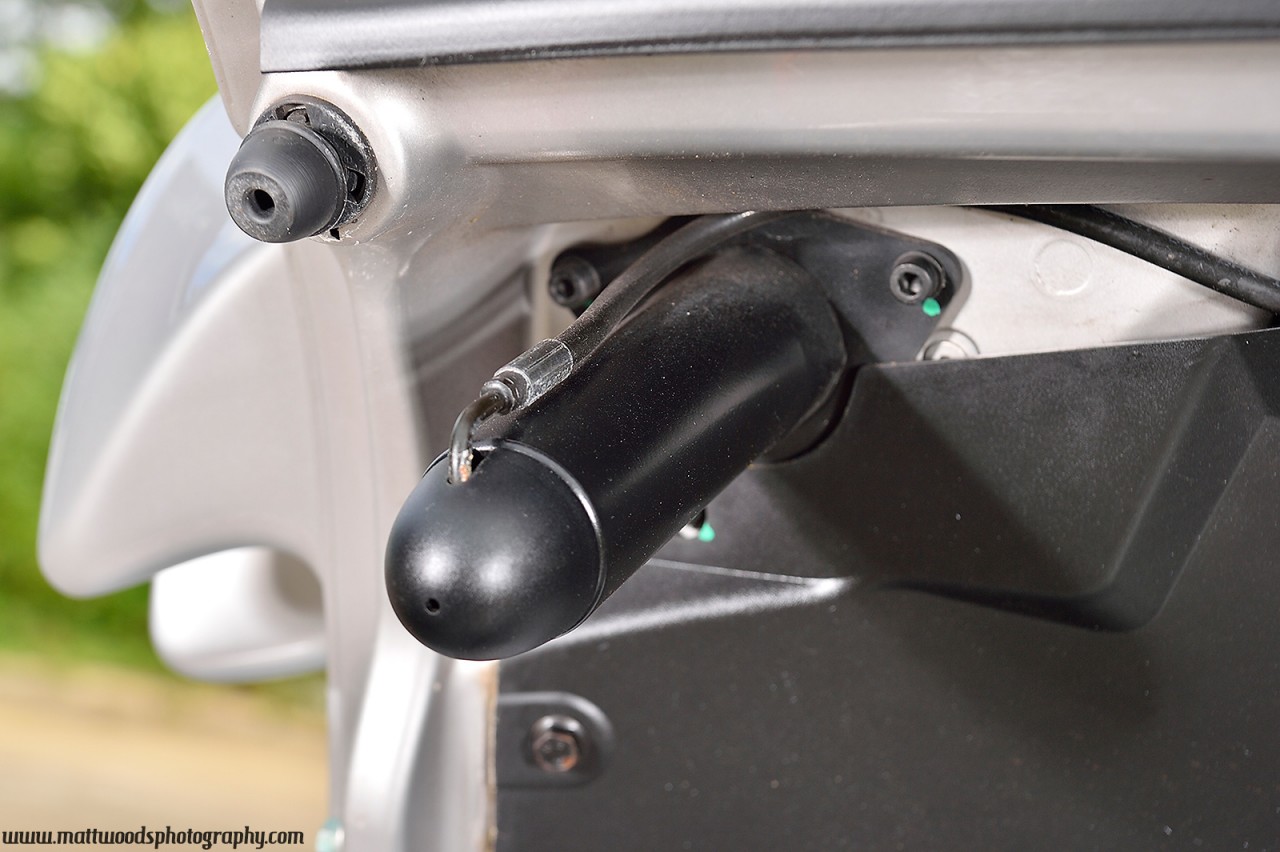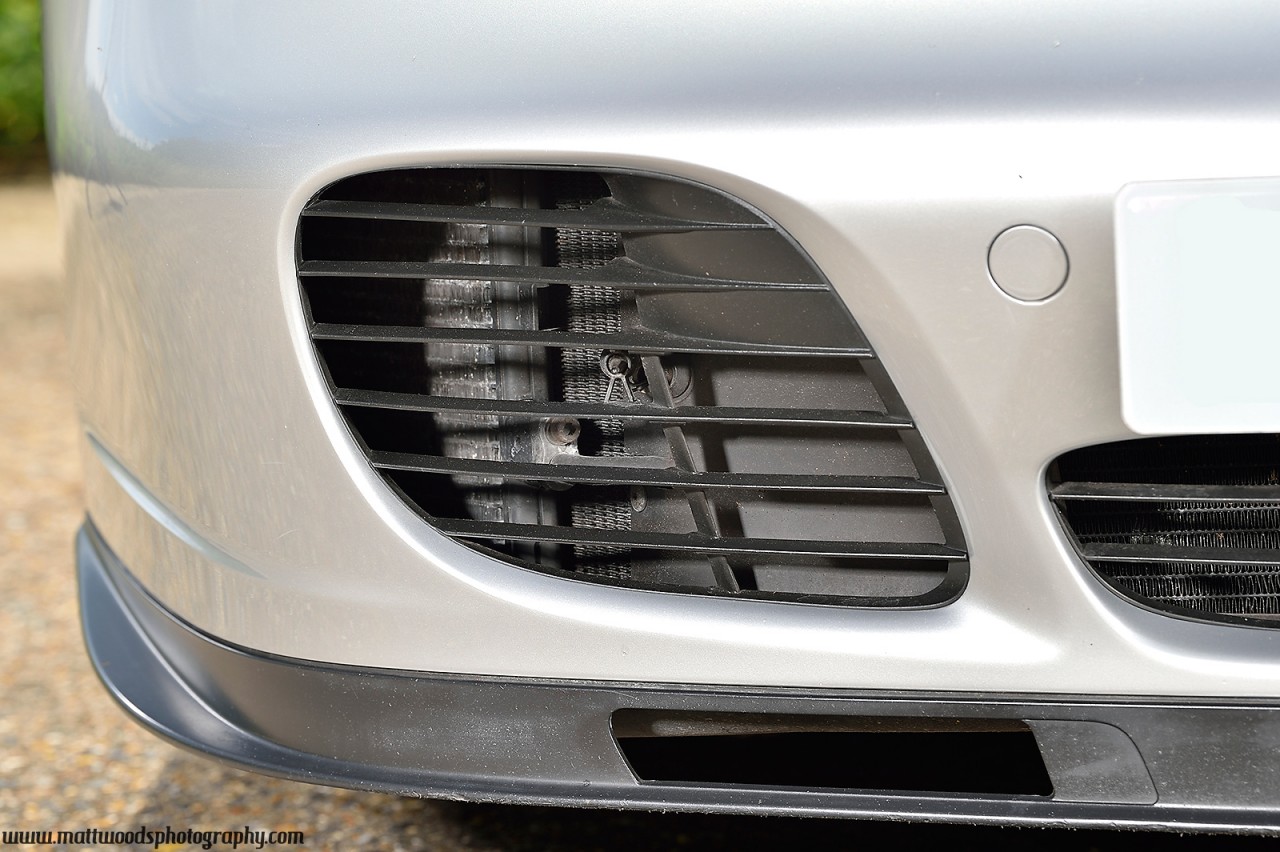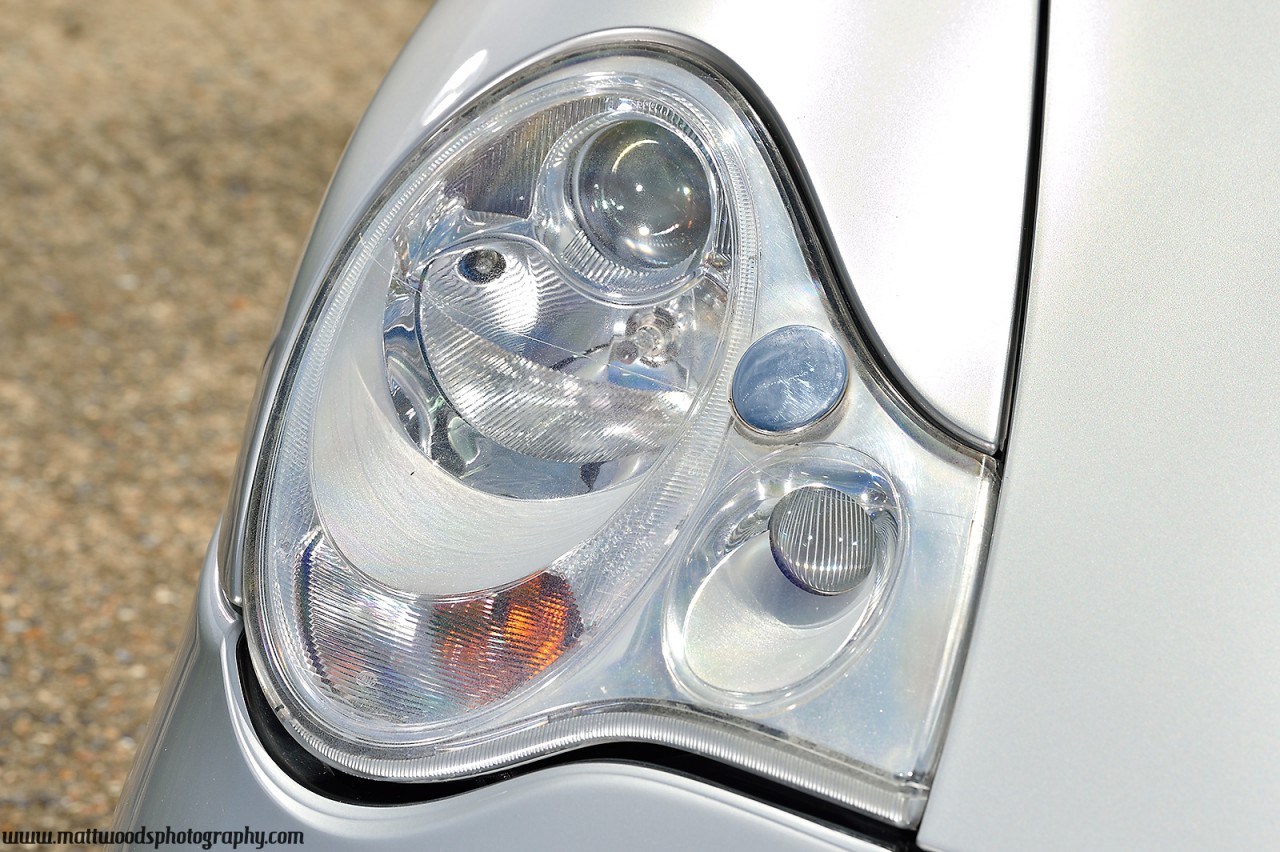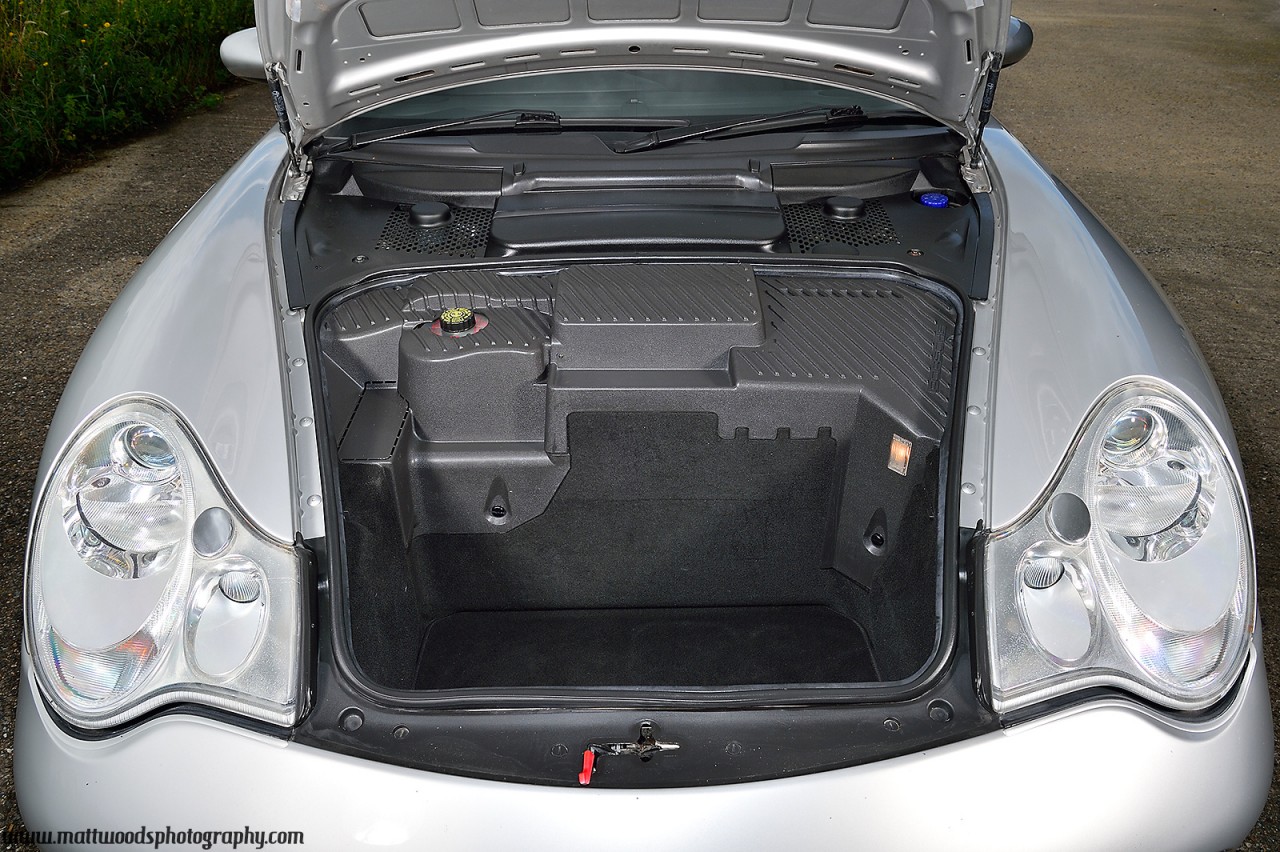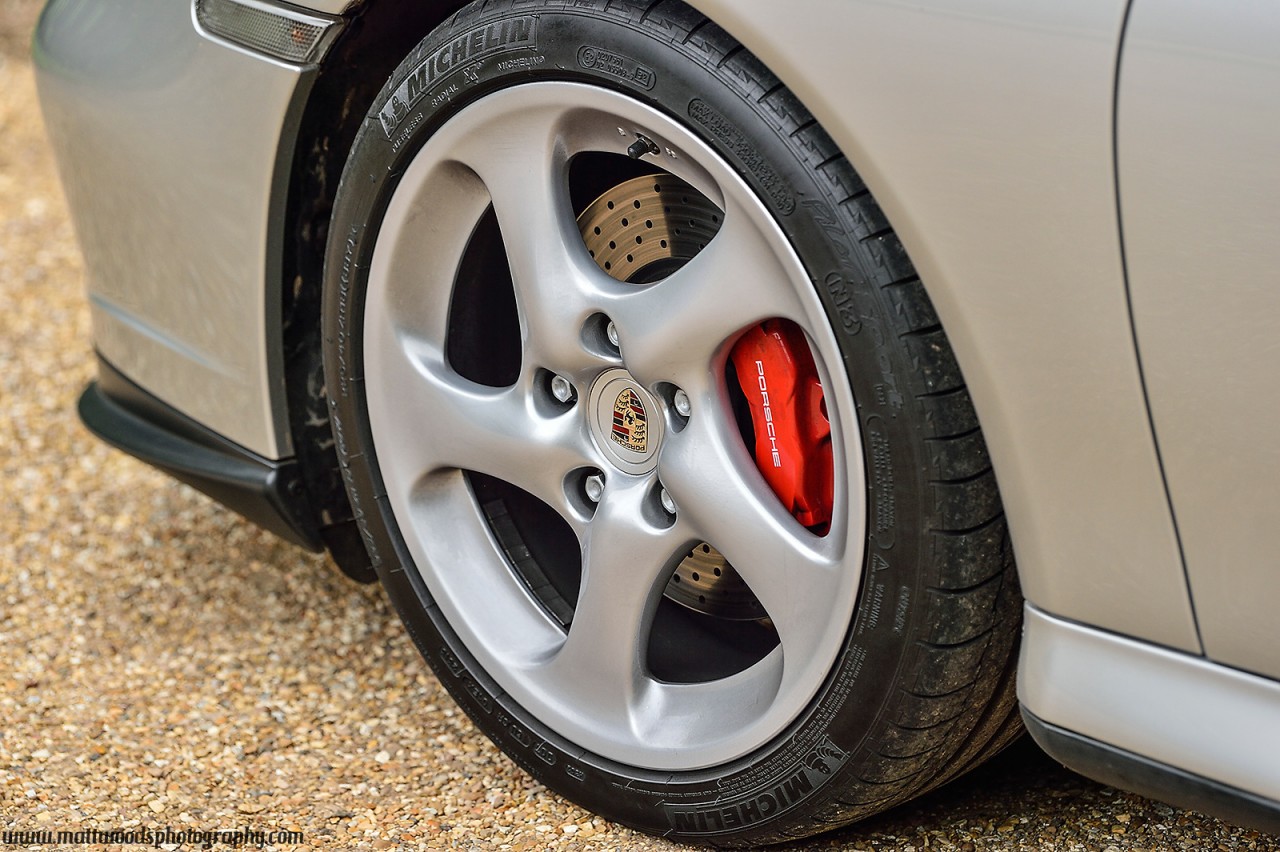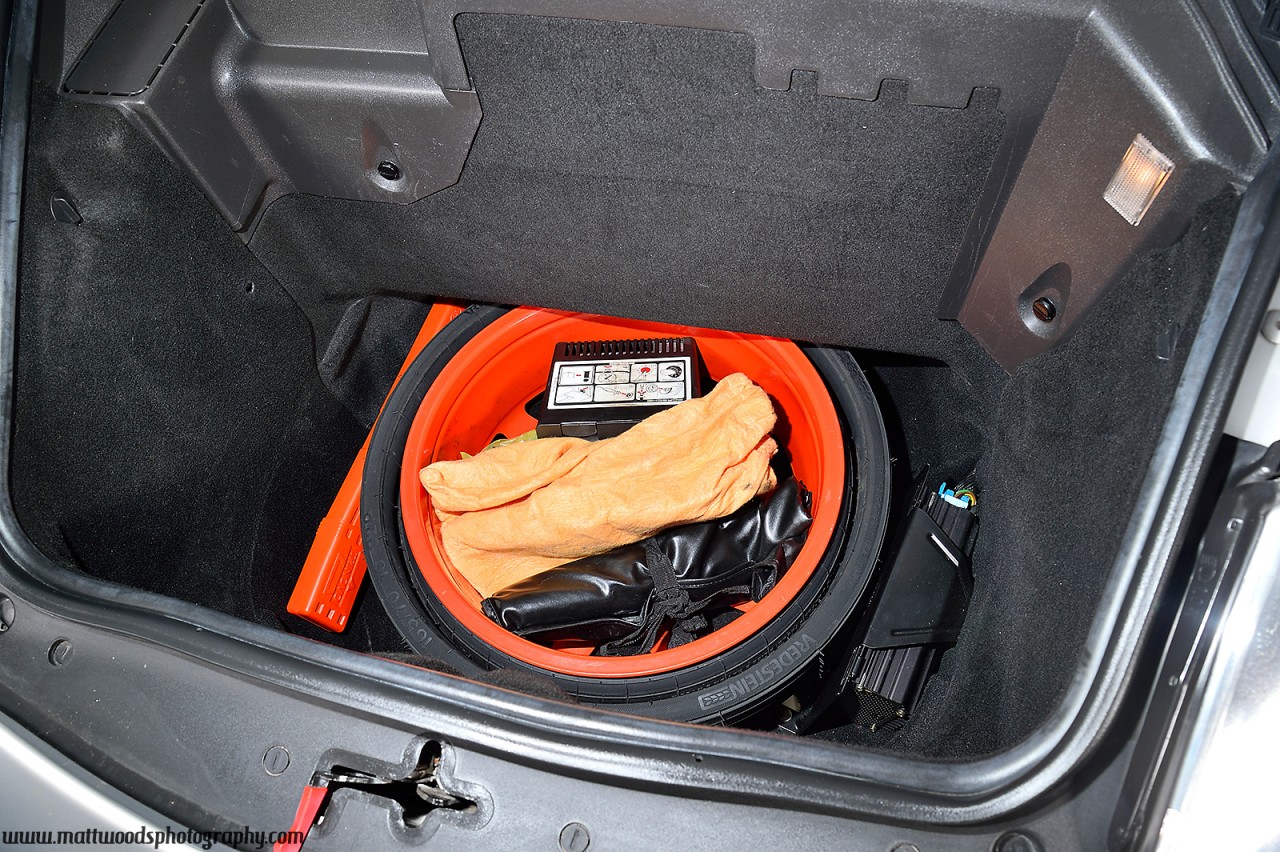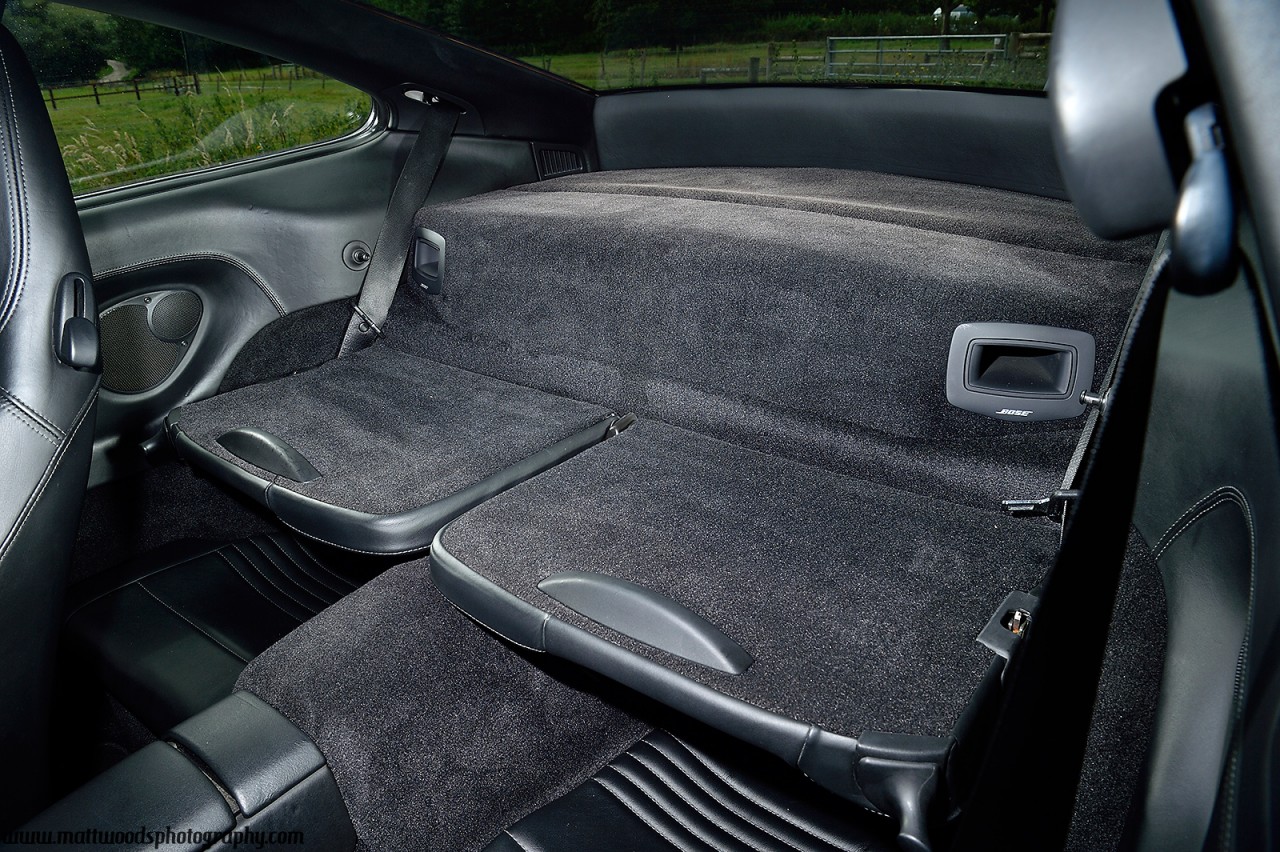Living with a 20 year old supercar. The 996 models were introduced in the late 90s, with the turbo variant being revealed in 2000. The Turbo, GT2 and GT3 cars came with a new much stronger engine then the previous models, and today it has a legendary status.
Moving away from tradition, the 996 Turbo was the first Porsche on sale with water as the coolant. The twin turbo 3.6 litre flat 6 Mezger engine (derived from the 1998 Le Mans winning 911 GT1 race car) produces around 420 bhp with bags of torque at around 0.7 to 0.8 bar boost. It's coupled to a four wheel drive system that sends 95% power to the back and 5% to the front. This can change with up to 40% of the power going to the front wheels if needed. This keeps the car still feeling like a rear wheel drive. 0 to 62 mph is between 3.8 and 4.2 seconds depending on which model you have, not bad for a car that weighs around 1550kgs.
In 2002 there was a factory power up grade that you could by from Porsche called the X50. This had larger turbos, intercoolers and ecu tweaks to name just a few. There is much myth about this kit, as some say it came with a different exhaust, the gearbox strengthened, and an uprated clutch as well, but it is hard to prove this. From what I can gather, (super hard to prove 100%) this upgrade added another £10 to £15k onto your original purchase price of £89k. I hear you asking now, what are the massive power gains from this kit....emm well it's around 30 bhp! And around 40 ftlbs torque. But I guess they developed it to still be bullet proof, and to have the same warranty as a non-X50 car.
In 2005, the Turbo S model was brought out. This had the same power plant as the X50 (around 450 bhp) and a few tweaks, with the main one being the brakes. Porsche fitted Ceramic Composite Brakes or PCCB for short. As well as different calipers and pads, these brakes offered a massive weight saving over the standard 330 mm iron discs, with better braking performance, and I've been told you get less brake dust. Great when new, however there is a small issue, this is when you come to replace them, as you could be looking at spending as much as £5000..... I forgot to mention, that's £5000 per CORNER!
So what is it like to live with? You might imagine it's not very practical, or comfortable, and heavy to drive being 20 years old. Many old supercars are just that.Starting with space, you have to use the back seat folded down and used as your boot. Once you get your head around that, its surprising what you can carry. I can carry all my camera gear with lighting that I normally have in my estate car just distributed all around in the Porsche. Yes it does take about half hour to distribute the equipment around the back seat, front seat, front foot well and of course under the bonnet.The ride, sadly you don't get any flash suspension settings buttons like you get on more modern cars. So the ride is firm I grant you, but it's not bad at all for a car that handles this well. You could easily drive this car long distances without any issues. And don't worry about speed humps, this deals with them very well. But you still have to be careful over them, as there is a small air duct under the front that will soon get ripped off.Its quiet (maybe too quiet) as the standard exhaust does a great job of holding back the decibels. Its smooth power delivery with lots of low to mid range torque, so much so you can drive at 1000 rpms in top gear (sixth) without any judders of splutters, it will then pull all the way to around 190 mph.Fuel economy isn't too bad compared to some cars, average driving people get about 25 mpg with 30 mpg plus on a careful run.
Shooting this clean 996tt was a pleasure.
It has 330 mm discs all round, the fronts are thicker (32mm). This photo was taken before the brakes were overhauled. All discs and pads replaced all round.
One of the visual differences between a Turbo and Non Turbo are the side scoops (behind the door handles). These scoop in air and channel it through the intercoolers and out of the vent just behind the rear wheel.
Behind the front grilles, the Turbo has 3 radiators and 2 air conditioning radiators. It's worth inspecting these regularly as they trap leaves and deposits. Over time, it can cause corrosion, leading to leaks and having to have new ones fitted, and that could cost north of £1000.
The front lights are plastic and like many cars of this age, they go dull and opaque. A good machine polish will bring them back to life and really brighten the look of the car. They are slightly different to non Turbo models.
Unlike other older Porsches that have the reputations of trying to kill you by entering the pearly gates backwards, from the rear end constantly trying to over take you. This model is an all different affair. There is lots and lots of grip, so much so that many owners won't even get to its limit. In the dry the back end never steps out. If it does step out from cold tyres and too fruity in the corner the Porsche stability management (PSM) control will soon sort you out. A word of warning, flooring it in a tight corner in the wet will result in you swapping ends or a massive tank slapper at the very least, the PSM is only so good.
There is two hydraulic rear wing rams, these can leak. They pop up and down automatically, coming up at about 75 mph and down again at about 37 mph, you also have an over ride button in the cabin. New rams are only around £1000 each!
Early 996tt didn't have a glove box.
Another small difference between the Turbo and Non Turbo models is the front splitter, it is a different shape, and has larger holes for cooling the brakes.
Michelin Pilot Sport PS2 225/40ZR18 (front) and range from £250 to £350 for the pair.
Michelin Pilot Sport PS2 295/30ZR18 (rear) and range from £500 to £600 for the pair.
What might a Porsche 996 Turbo cost I hear you shout. For one with over 100k on the clock and in poor to average condition (but still very capable) your looking at around £25,000. To buy one that has really low miles, is super clean and a good service history your looking around £50,000 to £60,000. Expect to pay a little more for the X50 models, and a noticeable premium for the Turbo S model.
Inflatable space saving spare wheel, air pump, a few tools and a light weight alloy jack were all included, under the bonnet removable floor.
An optional Bose stereo was introduced in 2002, with a large subwoofer box.
The interior is simple but functional. As with every Porsche you can spec a car to how you like it, with this car you get electric adjusting seats that are heated. The air con works a really well. A sounding nice Bose stereo system. A basic trip computer telling you things like boost, fuel economy, outside temperature, Electric windows, Rain sensor windscreen wipers. You really could use this as your daily driver, in fact many people do.
Keeping the cost affordable. Many people are turning to independent specialists for their servicing. This is a good idea as you get a more personal service, with many taking that little extra time. It is quite common for these cars to go way past 100,000 miles if looked after properly.
